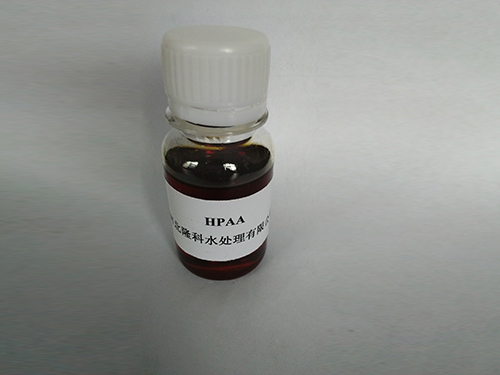Octyl Isothiazolinone - Effective Biocide and Preservative
Understanding Octyl Isothiazolinone Uses and Considerations
Octyl isothiazolinone, often abbreviated as OIT, is a chemical compound belonging to the class of isothiazolinones. This compound is widely recognized for its biocidal properties, making it a common ingredient in various industrial and consumer products. It is primarily used as a preservative due to its effectiveness against bacteria, fungi, and algae, thereby extending the shelf life of products.
OIT is particularly prevalent in water-based formulations such as paints, coatings, adhesives, and personal care products. Its ability to inhibit microbial growth ensures that these products remain effective and safe for longer periods. Additionally, OIT is often utilized in the formulation of wood preservatives and metalworking fluids, further highlighting its versatility in various applications.
Despite its beneficial properties, there are growing concerns regarding the safety and environmental impact of octyl isothiazolinone
. Researchers and regulatory bodies have scrutinized its potential for causing allergic reactions and skin sensitization in humans. Some studies have indicated a correlation between OIT exposure and instances of contact dermatitis, particularly among workers in industries where the chemical is commonly used. As a result, there have been calls for stricter regulations and clearer labeling to inform consumers about the presence of this compound in products.octyl isothiazolinone

Moreover, environmental implications cannot be overlooked. OIT, like other biocides, poses a risk to aquatic ecosystems if not properly managed. Its persistence in water bodies can adversely impact marine life, prompting the need for responsible usage and disposal practices. The chemical’s effects on non-target organisms highlight the importance of conducting thorough ecological risk assessments before deploying OIT in various applications.
In response to these concerns, the industry has been exploring alternative preservatives that offer similar antimicrobial efficacy without the associated risks. Natural preservatives and other non-toxic options are gaining traction as consumers become more aware of product ingredients and their potential health impacts.
In summary, octyl isothiazolinone is a valuable preservative with wide-ranging applications across multiple industries. While its effectiveness in preventing microbial growth is undeniable, it is essential to approach its use with caution, considering both human health and environmental safety. Ongoing research and regulatory developments will likely shape the future landscape of OIT usage, fostering a balance between product efficacy and safety for consumers and the planet alike.
-
Water Treatment with Flocculant Water TreatmentNewsJun.12,2025
-
Polymaleic AnhydrideNewsJun.12,2025
-
Polyaspartic AcidNewsJun.12,2025
-
Enhance Industrial Processes with IsothiazolinonesNewsJun.12,2025
-
Enhance Industrial Processes with PBTCA SolutionsNewsJun.12,2025
-
Dodecyldimethylbenzylammonium Chloride SolutionsNewsJun.12,2025





